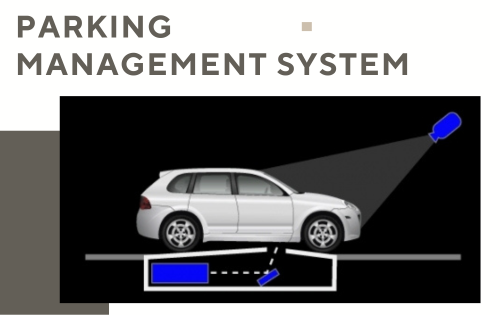
How Much do Inventors Make on Royalties?
When it comes to the earnings of inventors, the income varies considerably. There’s no definitive answer to how much inventors make on royalties, as it significantly depends on various factors such as the invention, market demand, negotiation skills, and licensing agreement terms. Here’s a comprehensive look at these factors and a general overview to help you understand the potential earnings from inventions.
Understanding Royalties
Before we dive into numbers, it’s essential to understand what royalties are. In the context of inventing, royalties are ongoing payments made by a licensee (often a company or distributor) to the licensor (the inventor) for the right to use the invention. These payments are generally a percentage of the revenue or profit made from selling the invention. So, how much do inventors make on royalties?
Average Royalty Rates
Typically, royalty rates fall between 2% to 20% of the revenues. However, the ‘standard’ is around 5% of revenues, the ‘royalty rule of thumb.’
For instance, if a company sells $1 million worth of your invention and you’ve negotiated a 5% royalty rate, you’d earn $50,000. However, keep in mind that these are gross sales, and the company will deduct its costs before calculating your royalty.
The percentage can vary depending on the industry. For software or tech inventions, rates can be lower (around 5 – 10%), while for consumer goods, rates might be higher (around 10 – 15%). In highly specialized fields like pharmaceuticals, the rates could be around 20%.

Factors Influencing Royalty Rates
Several factors influence the royalty rate that an inventor can negotiate, including:
- The Innovation’s Marketability: The more marketable your product, the higher the potential royalty rate. Factors such as uniqueness, demand, and competition significantly contribute to an invention’s marketability.
- Invention Stage: If you’ve already patented your invention, developed a prototype, or started selling it, you can typically command higher royalty rates.
- The Licensee’s Role: If the licensee is expected to undertake significant work to develop, manufacture, or market the product, they may negotiate for lower royalty rates to compensate for their investment and effort.
- Exclusive vs. Non-exclusive Licenses: Exclusive licenses, where only one company has the right to sell your invention, typically fetch higher royalty rates than non-exclusive licenses.
A Helping Hand for Inventors: InventHelp
What does InventHelp do for you? For inventors who need assistance navigating the invention process, companies like InventHelp offer various services. InventHelp can help with patent referrals, prototype services, and connect inventors with companies interested in new products, among other services. By partnering with a supportive company such as InventHelp, inventors can better understand the marketing and patenting processes and increase their chances of earning higher royalties.
Conclusion
In conclusion, the amount inventors make from royalties can vary widely based on the invention’s nature, the market, and the licensing agreement’s terms. It’s crucial for inventors to understand these factors and potentially hire a licensing attorney or consultant, or work with companies like InventHelp to help negotiate the best possible terms. Remember, royalty income can potentially create a long-term revenue stream, making it worth spending time and effort to optimize your licensing agreement.




